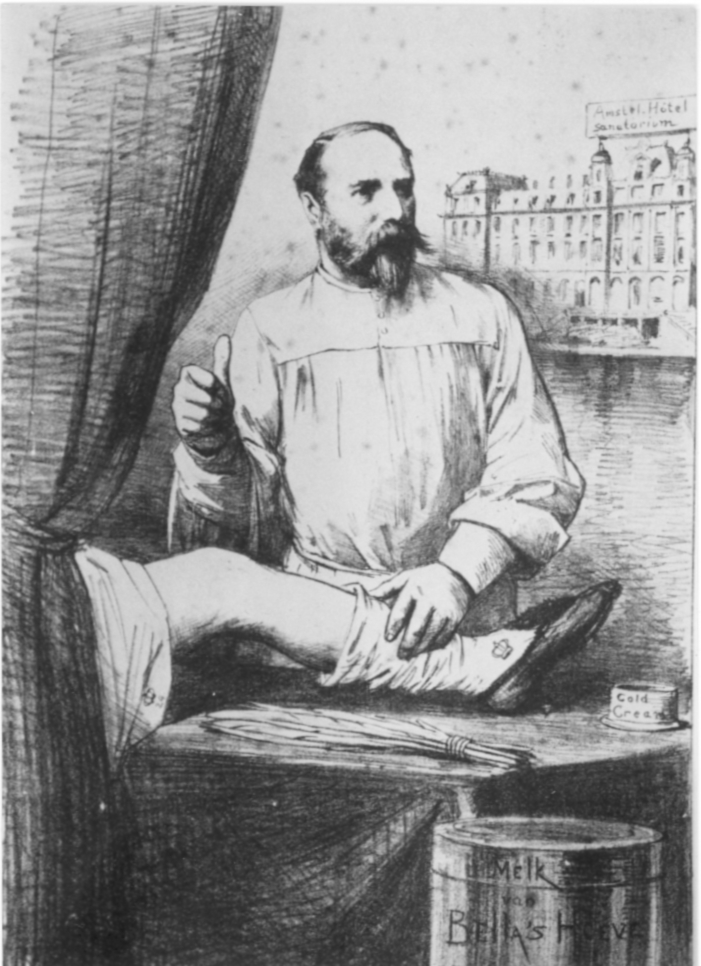People have massaged different substances into the skin throughout human civilisation, from mud and water, to plant sap and rendered animal fat. Krusen suggests that Greek gymnasts (the gymnasium was a form of early school) were the first to document the therapeutic benefits of massage and anointing with oils (Krusen, 1942 p. 14), although practices existed in all indigenous, Arabic, Chinese, Egyptian, Indian, and Roman cultures. The early Christian church discouraged the use of therapeutic touch in Europe throughout the Dark Ages, but practices flourished in the Arabic Renaissance of the 1st Millennium, returning to Europe around 1100 CE.
Today, we have retained a belief that manually massaging a ‘carrier’ lotions into our skin can bring us therapeutic benefits, from slowing down ageing to reducing inflammation. Physiotherapists rarely advocated using massage creams with perfumes or any other properties that might suggest indulgence or sensuality. Equally, they resisted any association with beauty therapy. Massage creams were almost entirely functional, being either petroleum-based, with a long shelf life but a slick ‘mineral’ feel; plant-based, with diverse scents but often expensive to produce; or animal-based with short shelf life but an unpleasant tallow smell.
Massage creams were hugely popular before WWI, and in the busy physiotherapy massage departments of the 1950s and 60s. These were mostly lanolin based creams that were slow to absorb but easy to remove. They have retained a role in areas like burns and hand therapy, but their general use in physiotherapy departments has now fallen into decline.
Description provided by Dave Nicholls of New Zealand
References:
Krusen FH. 1942. Physical Medicine: The Employment of Physical Agents for Diagnosis and Therapy. Philadelphia: W.B. Saunders.

